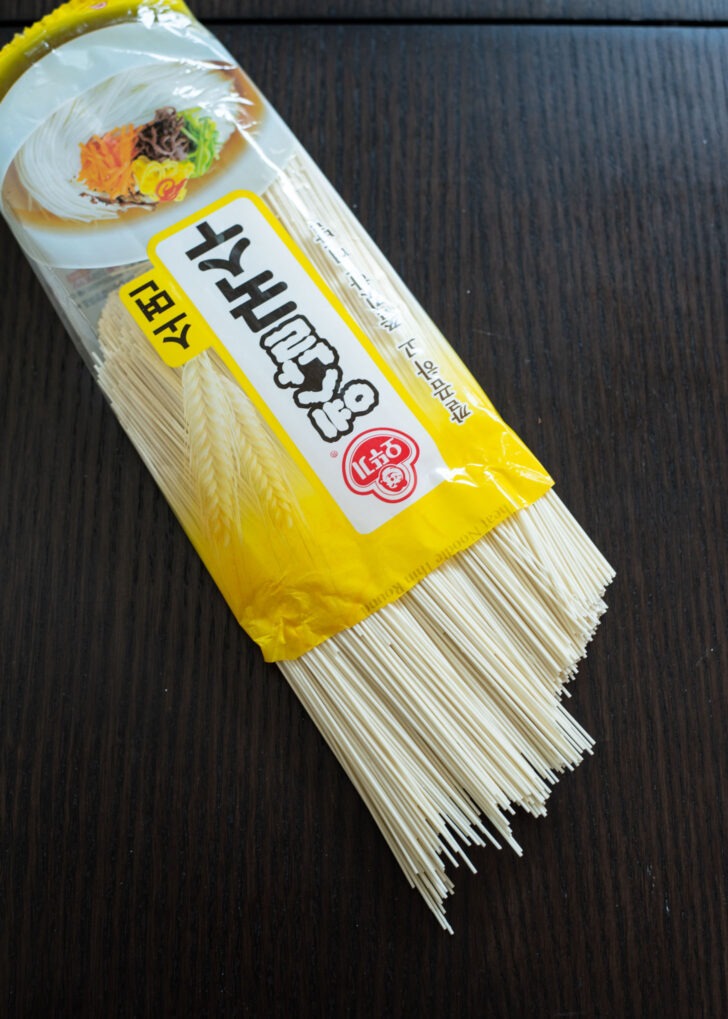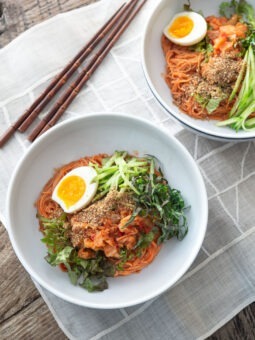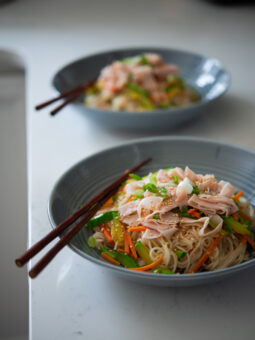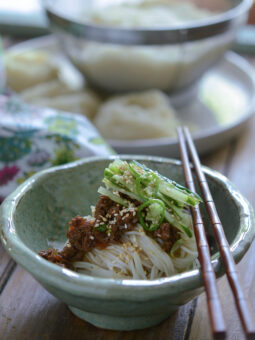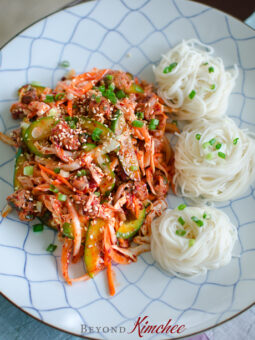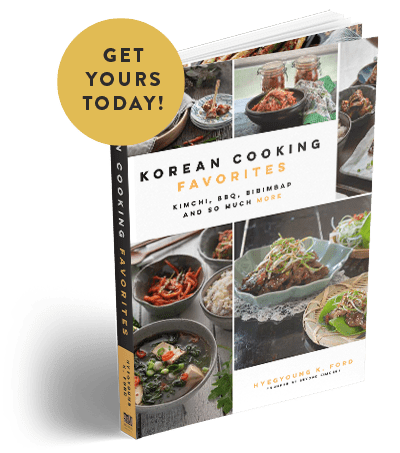Korean Thin Wheat Noodles (Somyeon)
Somyeon (소면), also known as somen, is a type of thin wheat noodle in Korean cuisine. These delicate noodles are loved for their tender texture and are commonly used in a variety of Korean dishes.
Somyeon noodles are loved for their light and delicate nature, making them a popular choice for refreshing summer dishes. Their versatility and ability to absorb flavors make them a staple in Korean cuisine, providing a satisfying and enjoyable dining experience.
Somyeon noodles are made from wheat flour and water, resulting in a fine and smooth texture. They are thinner than other Korean noodles like udon or dangmyeon (sweet potato noodles) and have a pale white color. Somyeon noodles are often sold dried and can be found in Korean grocery stores or online.
One popular dish featuring Korean wheat noodles is called “bibim guksu,” which translates to “mixed noodles.” In this dish, the noodles are cooked until al dente, then chilled and rinsed under cold water to remove excess starch. The cooled noodles are tossed with a spicy and tangy sauce made from gochujang (red pepper paste) and yypically garnished with julienned vegetables, sliced cucumber, and boiled egg.
Somyeon noodles are also featured in other popular Korean dishes. Janchi guksu is a dish commonly served during special occasions and celebrations. It translates to “feast noodles” and typically consists of somyeon noodles in a clear and flavorful broth.
Rinsing Somyeon Noodles
When using somyeon noodles in cold noodle dishes, such as bibim guksu, it is essential to rinse the cooked noodles under cold water.
This step cools down the noodles and removes excess starch, helping them maintain their chewy texture and preventing them from clumping together. Cold water rinsing also enhances the refreshing nature of the dish and ensures that the noodles are perfectly chilled when served.

